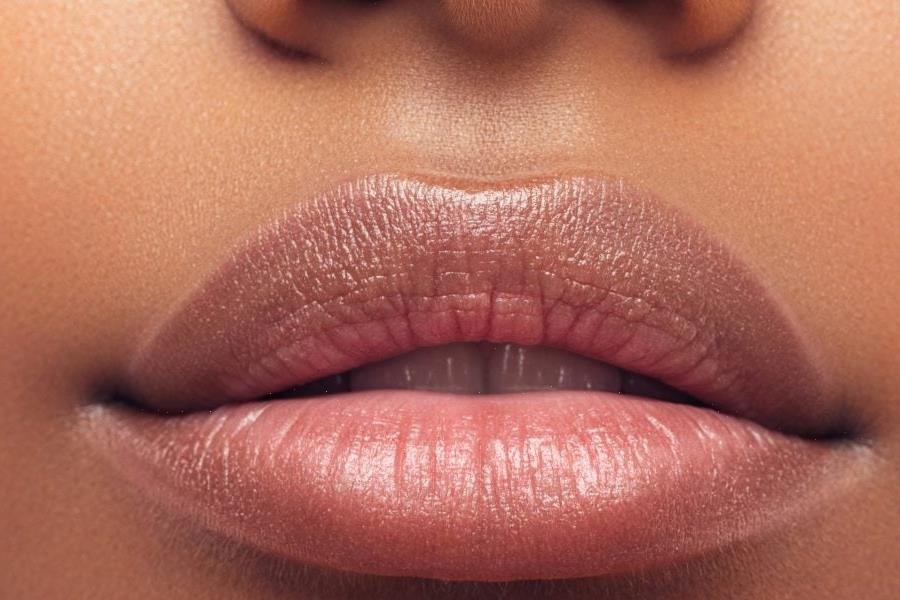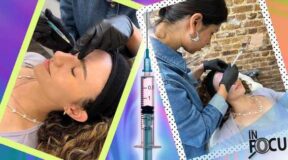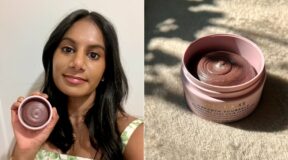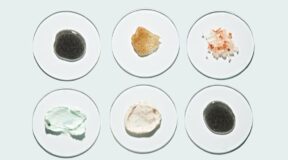Facial enhancement procedures — such as fillers and botox — are commonly thought to be reserved for other races, but this is simply not the case. Ginille Brown, a cosmetic nurse practitioner, had no idea her video about her fillers would become viral. “In the video, I showed photos of myself before any treatments so patients could see that I still looked like myself, but way more refreshed [after my procedure],” Brown explains. With over 96k TikTok views, the California-based nurse received a flood of comments and messages from women requesting her assistance with their aesthetic journey. “Black women all over the United States went crazy over this video. They have been coming from all over the United States to see me because of this.”
I can only imagine the comments coming #glowup #glowupcheck✨ #botoxbeforeandafter #slimface
Though the adage “Black don’t crack” remains true, it is not uncommon for Black people to consider or even receive injectables. Allow us to remind you that back in September, Sheree Whitfield shared a video of her refreshed face and discussed her filler experience on her Instagram. “Guys, getting a little tweak here and there is ok if that’s how u feel, but also remember u have to take care of ur skin first and foremost…” the Real Housewives of Atlanta star said in the caption of the post.
Despite the fact that the 51-year-old reality star is already breathtaking, the results were stunning.
https://www.instagram.com/p/CT-BH95hdfS/
A post shared by Dr. Simon Ourian – Epione (@simonourianmd1)
Sidebar: Before we get into the meat of the matter, let’s be clear: Black and Brown people are naturally attractive, and you should never let social media, daily Zoom meetings, or the Inverted Filter trend (asymmetry is natural!) influence how you perceive yourself and what you want to change.
Through her nearly decade-long career, Brown has seen a significant increase in women of color in their mid-30s+ who notice changes in their faces but don’t know how to go about getting a refreshed look with Botox, fillers, and skincare laser treatment. “Their main concern is always finding someone who looks like them that could treat them with a Black woman in mind.”
If you’re searching for non-surgical ways to improve your appearance, keep reading to learn more about fillers, how to care for them, and other important details before you go under the needle.
What Are Fillers?
According to Brown, fillers are an FDA-approved gel-like substance that is injected into the face to volumize, plump, and lift areas such as the cheeks, lips, and under the eyes. The most common advantages are softening and smoothing fine lines and wrinkles, which can typically last one or two years.
“The most commonly requested thing is lip fillers, which can be surprising to a lot of people because we tend to naturally have full lips,” she admits.
Furthermore, various types of fillers are used in different areas of the face to achieve the desired level of softness, flexibility, and lifting. A softer filler, for example, will be used on someone looking for a subtle enhancement.
How To Maintain Injectables
Aesthetic goals and treatment sessions differ from person to person. It is possible that a patient will require multiple sessions to achieve their desired appearance. Following fillers, Brown recommends returning in 9-18 months for a reevaluation and touch-ups.
She also advises against overdoing it. “Some patients return thinking all of their filler is gone, but it’s often still there,” Brown explains. “Things may not appear as full or lifted as they did initially.”
Reminder: Keep talking to your provider about your treatment plan to make sure you’re getting the most out of your injections.
Fillers And Botox Alternatives
Having a comprehensive skincare routine that works for your skin type can help immensely to keep your youthful glow. “I really like to make sure they have a nice skincare as their foundation,” she says, adding, “I tell patients that if they can incorporate retinoid and sunscreen, they’ll be doing wonders for their skin.”
Microneedling may be an option for someone aiming to improve skin texture, fine lines, acne scarring, hyperpigmentation, or dark spots, according to Brown, because it is safe for Black patients to receive.
Overall, a consultation can help you learn about your options and what may be best for your goals. “The patient’s goals dictate which treatments are appropriate for them,” Brown concludes.
Source: Read Full Article





